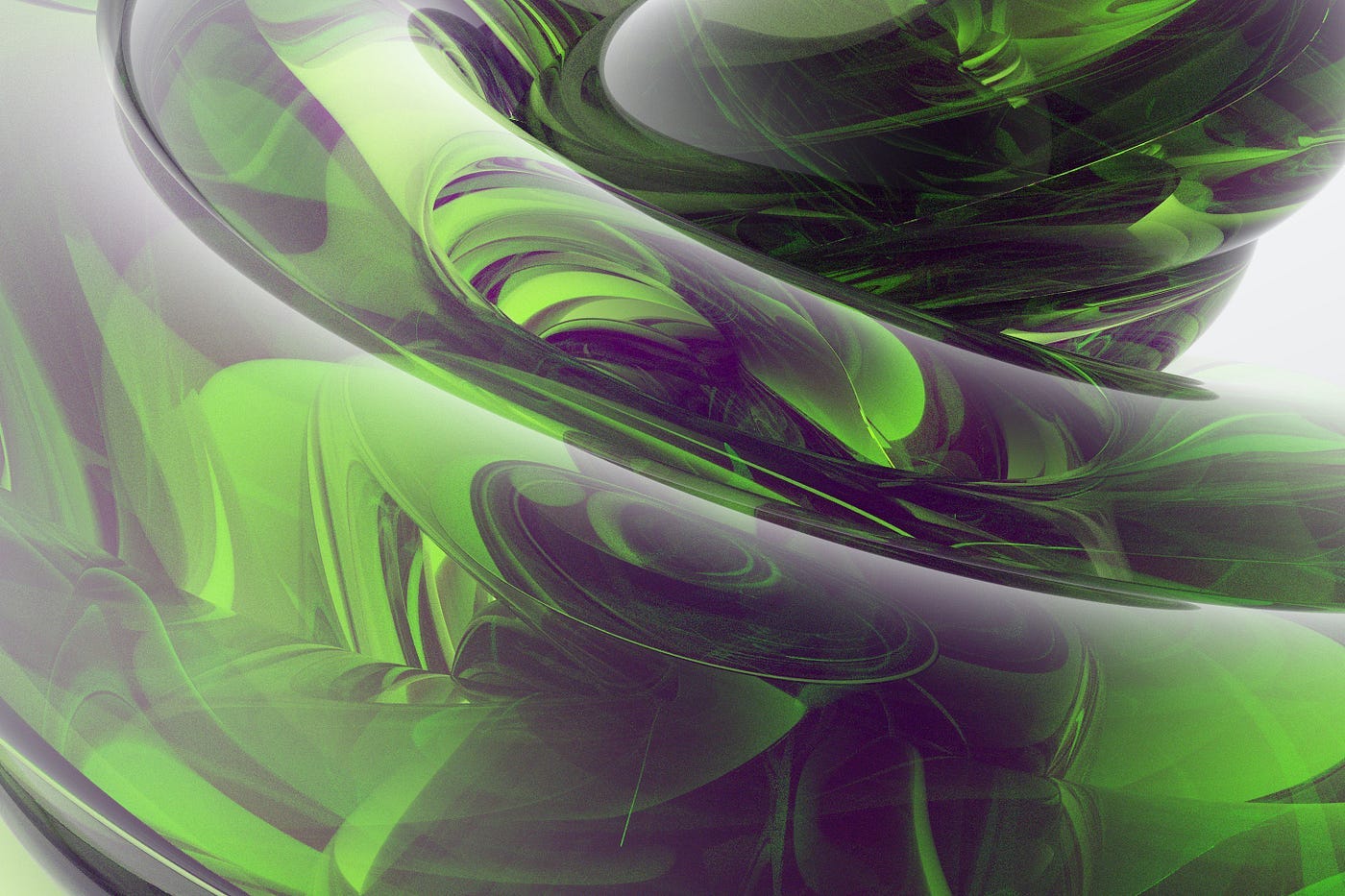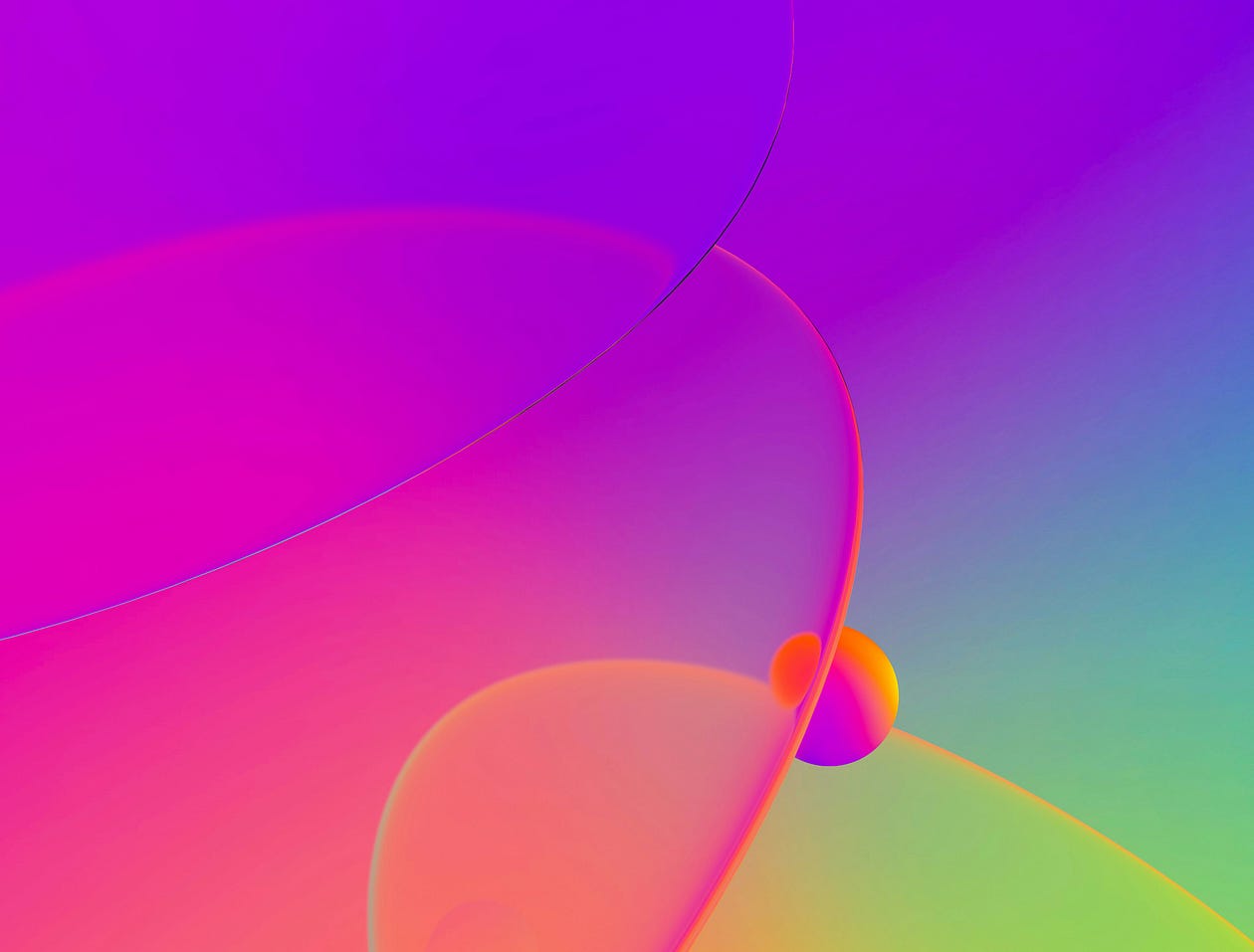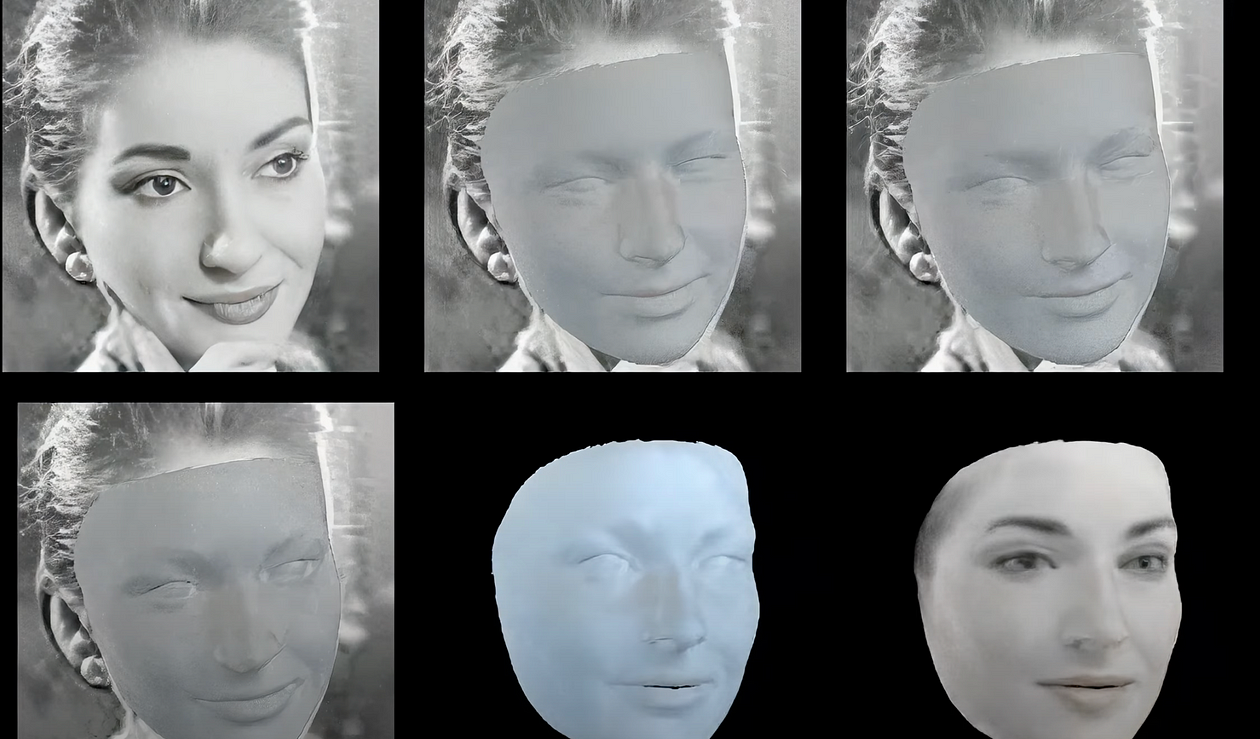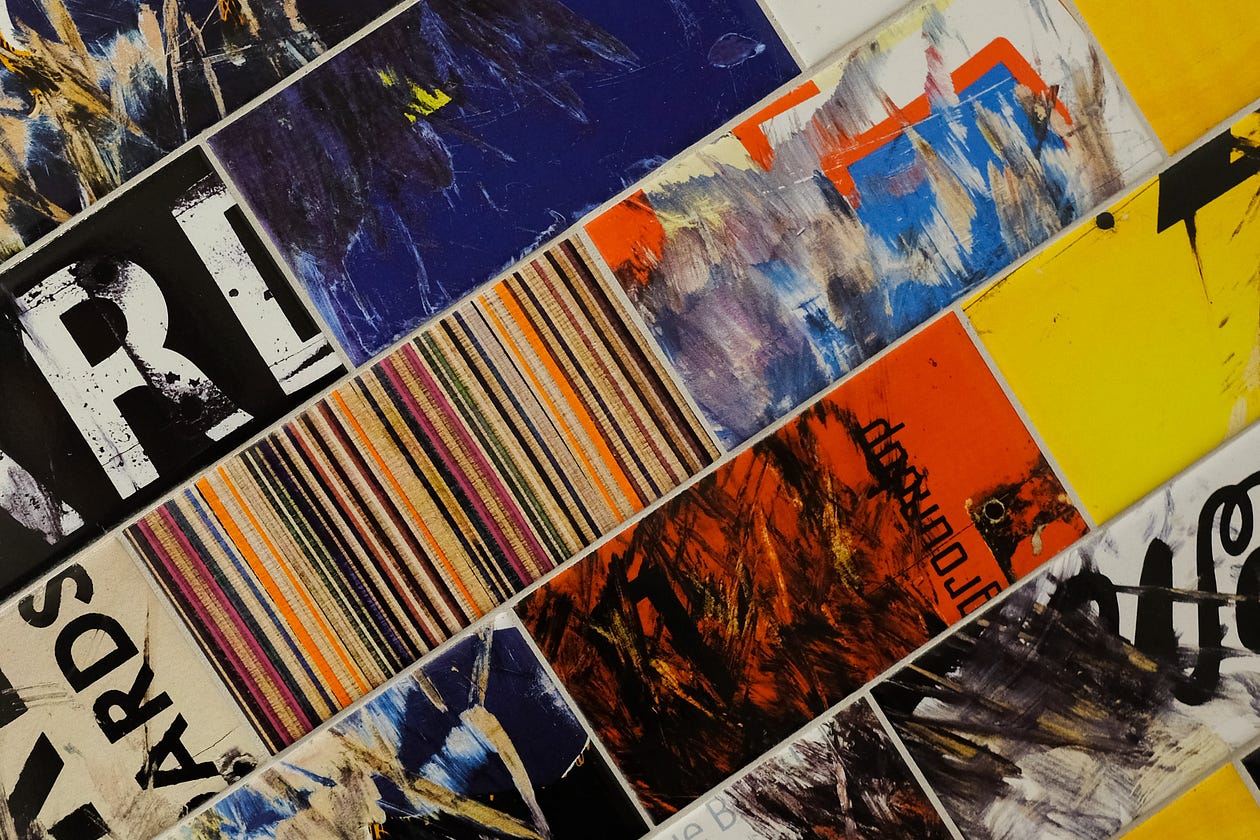The photographer opens up a welcome debate with Sony about the future of photography and AI but it falls on deaf ears.

Photographer Boris Eldagsen refused the winning prize of one of the most prestigious photography competitions in the world after revealing to Sony that it was AI-generated. Eldagsen never expected to win but instead wanted to open up a discussion about the future of photography.
Berlin-based artist Eldagsen entered the image The Electrician from a series called Pseudomnesia, meaning false memory. The image won in the creative open category of the prestigious Sony World Photography Awards. He described the image as:
“a haunting black-and-white portrait of two women from different generations, reminiscent of the visual language of 1940s family portraits.”
The Electrician was created using OpenAI’s DALL-E 2. Writing on his website, Eldagsen said, “Something about this doesn’t feel right, does it?” Perhaps this should have been a clue to the Sony judges who failed to spot the warped fingers and the haunting gaze from the two women in the black-and-white image from a bygone era.
In a statement on his Instagram, Eldagsen admitted that he had been a “cheeky monkey,” for submitting the image and thanked the judges for “selecting my image and making this a historic moment.” He questioned if Sony had any idea it was AI generated and suggested that going forward:
“AI images and photography should not compete with each other in an award like this.”
When refusing the award, he stated:
“AI is not photography. Therefore I will not accept the award.”
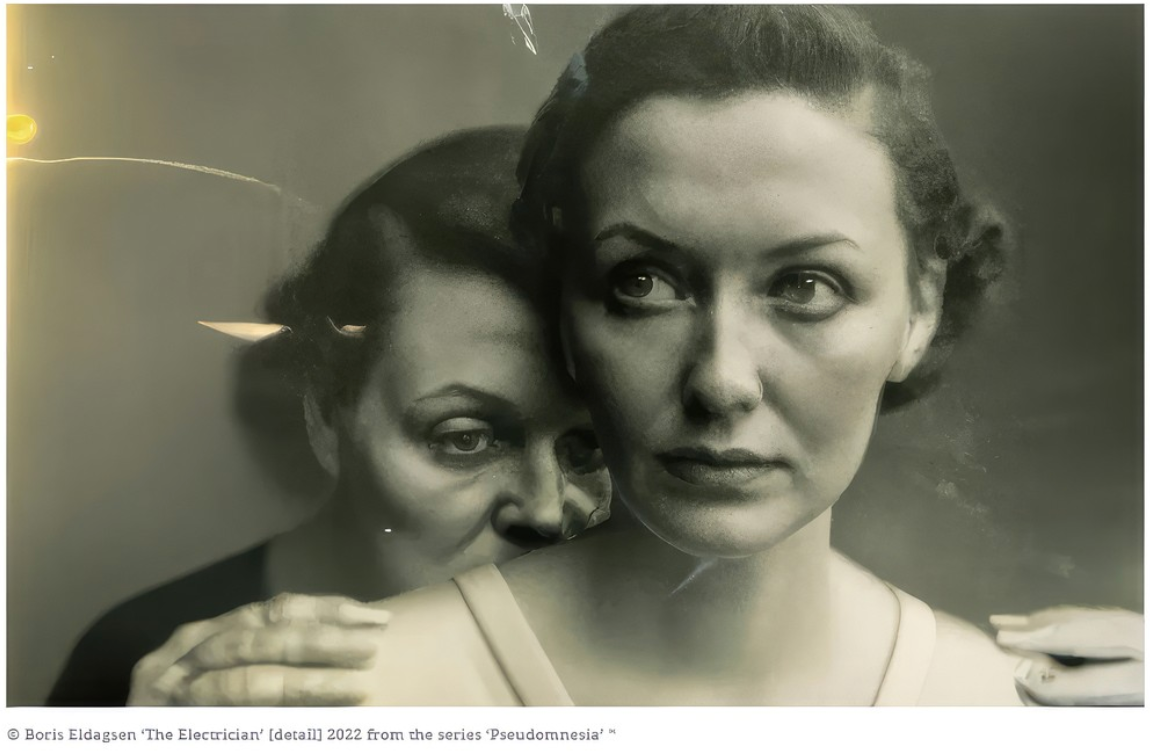
Embarrassed by all the publicity the competition-winning image has generated, Sony severed ties with Eldagsen. In a statement to the Guardian, they stated:
“As he has now decided to decline his award we have suspended our activities with him and in keeping with his wishes have removed him from the competition. Given his actions and subsequent statement noting his deliberate attempts at misleading us, and therefore invalidating the warranties he provided, we no longer feel we are able to engage in a meaningful and constructive dialogue with him.”
Talking to the Guardian, Eldagsen commented:
“I don’t know why they behaved like this….I love photography, I love generating images with AI, but I’ve realized, they’re not the same. One is writing with light, one is writing with prompts. They are connected, the visual language was learned from photography, but now AI has a life of its own. If people want to be silent and not talk about that, that’s wrong.”
But what is photography? Photography can never be new or revolutionary because new technologies don’t create new uses. The history of photography is as a visual technology with its social, economic, and artistic uses. The onset of digital photography created a false revolution and deals with the exteriority of photography. Whether we use a smartphone or a mirrorless camera to produce a picture the endpoint is still the same.
I’ve discussed here how Artificial Intelligence can create deepfakes using generative adversarial networks (GANs). A GAN is produced by two AI systems working together. One system creates a copy of an image using new data, and the other system determines if the data is real or fake. Both systems create eerily lifelike images like the Tik Tok videos of Tom Cruise, question our sense of reality, as well as raise security issues. Facial recognition company D-ID created Deep Nostalgia for MyHeritage and uses GANs to animate photographs. DeepNostalgia creates AI-animated renderings from photographs of human faces. It uses deep learning algorithms to predict missing parts in a photograph, such as teeth and ears and creates an automated sequence of gestures and movements, like smiling, blinking, and head-turning. Re-animation technology is challenging the definition of what a photograph is. They are no longer a moment frozen in time but an inception for AI and machine learning to create a moving identity.
Eldagsen suggests calling AI photography, Promtography. While Petapixel came up with the term, Synthographer, which is a mashup of Synthesis and Photographer and is used to describe artists creating digital media from AI generators.
Digital photography created the same debate between photography’s original creation from light, chemicals, and paper. Whatever AI-generated photography is called, the debate will continue until the next technological invention which challenges our perceptions of what a photograph is. What is certain s that there is no going back. AI is here and maybe we should learn to work with it rather than against it.
Ginger Liu is the founder of Ginger Media & Entertainment, a Ph.D. Researcher in artificial intelligence and visual arts media, and an author, journalist, MFA artist photographer, and filmmaker. Listen to the Podcast.
